- Review Articles
- Neonatology (Perinatology)
- Neurodevelopmental outcomes of very low birth weight infants in the Neonatal Research Network of Japan: importance of neonatal intensive care unit graduate follow-up
- Yumi Kono; on behalf of the Neonatal Research Network of Japan
- Clin Exp Pediatr. 2021;64(7):313-321. Published online November 9, 2020
-

· Very low birth weight infants remain at high risk of developing neurodevelopmental impairments in early childhood.
· It is important to establish a network follow-up protocol and complete assessments with fewer dropouts to enable clarification of the outcomes of registered infants.
· All possible strategies should be employed to maintain good compliance after neonatal intensive care unit discharge.
- Infection
- School closures during the coronavirus disease 2019 outbreak
- Eun Young Cho, Young June Choe
- Clin Exp Pediatr. 2021;64(7):322-327. Published online May 31, 2021
-
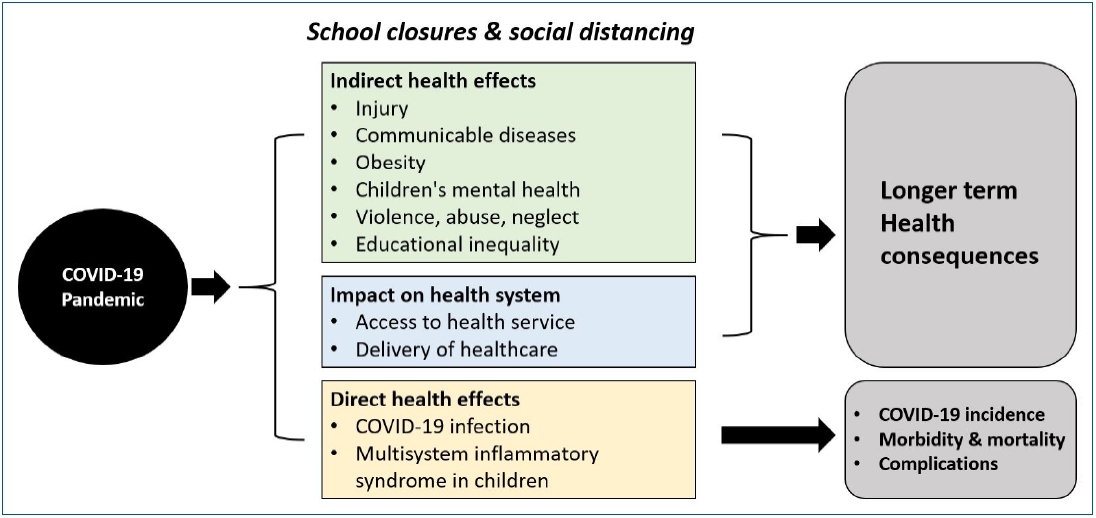
· Earlier modeling studies of the effects of school closures on severe acute respiratory syndrome coronavirus 2 were largely derived from the pandemic influenza model, resulting in conflicting implications.
· Observational findings suggest no clear effect of school closures on community transmission or overall mortality.
· School closures must be weighed against potential high social costs, which can also negatively affect children’s health.
- Updates on the coronavirus disease 2019 vaccine and consideration in children
- Hyun Mi Kang, Eun Hwa Choi, Yae-Jean Kim
- Clin Exp Pediatr. 2021;64(7):328-338. Published online June 21, 2021
-
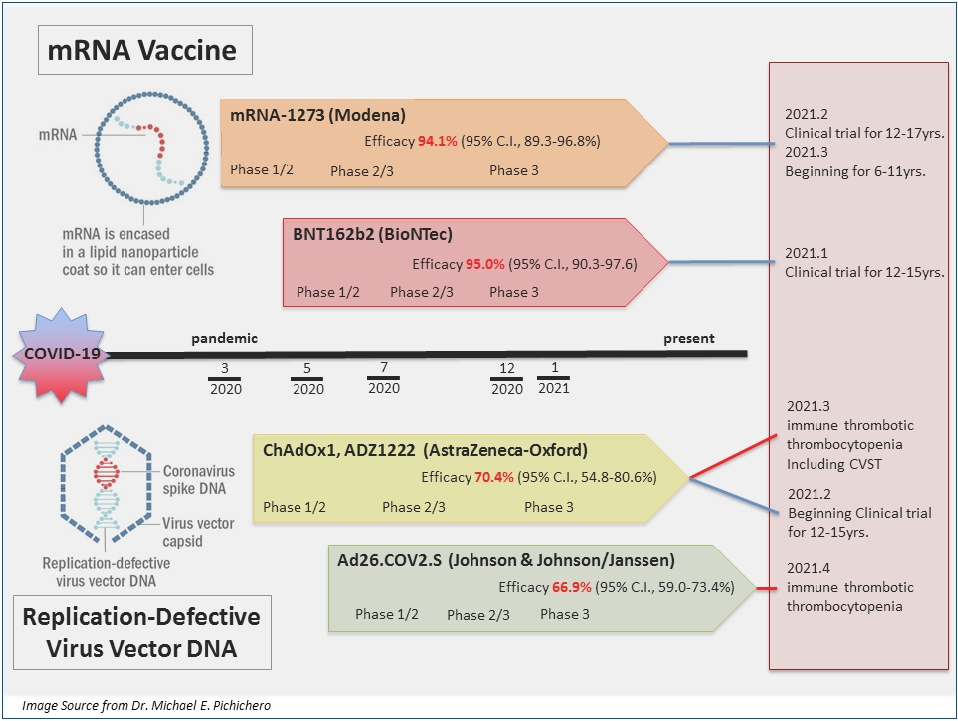
· The number of coronavirus disease 2019 cases has exponentially increased worldwide, and children ≤19 years old account for 11.0% of all confirmed cases.
· mRNA vaccines, BNT162b2 and mRNA-1273, and adenoviral vector vaccines, AZD1222 and Ad26.COV2.S, authorized for emergency use in the Emergency Use Listing of the World Health Organization are reviewed.
· Clinical trials of these vaccines have shown that they are safe and serious adverse reactions are rarely observed.
- Editorial
- Neurology
- Recent trends in autism spectrum disorder research using text mining of PubMed: importance of early detection
- Seung Soo Kim
- Clin Exp Pediatr. 2021;64(7):339-340. Published online November 9, 2020
-

Behavioral therapy, the most widely proven intervention for the core symptoms of autism spectrum disorder (ASD), is required for life for individuals with ASD. Parent involvement, early detection, and early therapy play important roles. We must organize the risk factors for ASD and develop a screening tool that can be easily applied in the clinical, daycare, or school setting.
- Original Articles
- Developmental and Behavioral Medicine
- Is meconium exposure associated with autism spectrum disorders in children?
- Ensiyeh Jenabi, Erfan Ayubi, Salman Khazaei, Saeid Bashirian, Mojtaba Khazaei
- Clin Exp Pediatr. 2021;64(7):341-346. Published online October 4, 2020
-
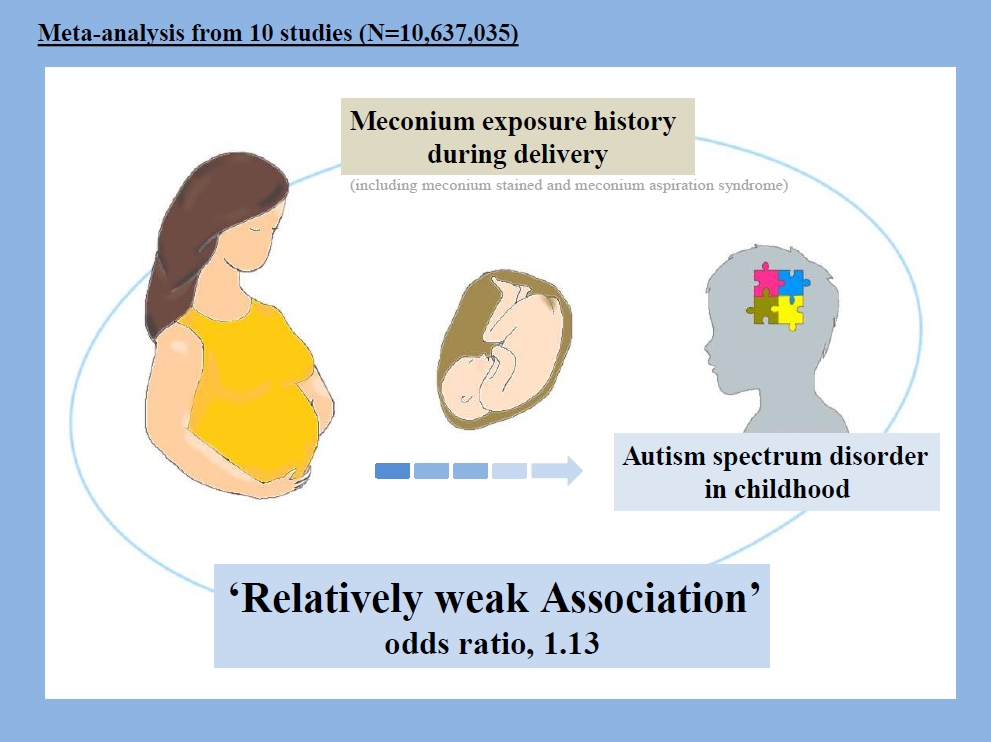
• Meconium exposure is weakly associated with an increased risk of autism spectrum disorder (ASD) development in children.
• More evidence based on large prospective cohort studies is required to conclude whether meconium exposure is associated with an increased risk of ASD.
- Nephrology (Genitourinary)
- Urinary neutrophil gelatinase-associated lipocalin: a marker of urinary tract infection among febrile children
- Ji Hyun Moon, Kee Hwan Yoo, Hyung Eun Yim
- Clin Exp Pediatr. 2021;64(7):347-354. Published online October 17, 2020
-
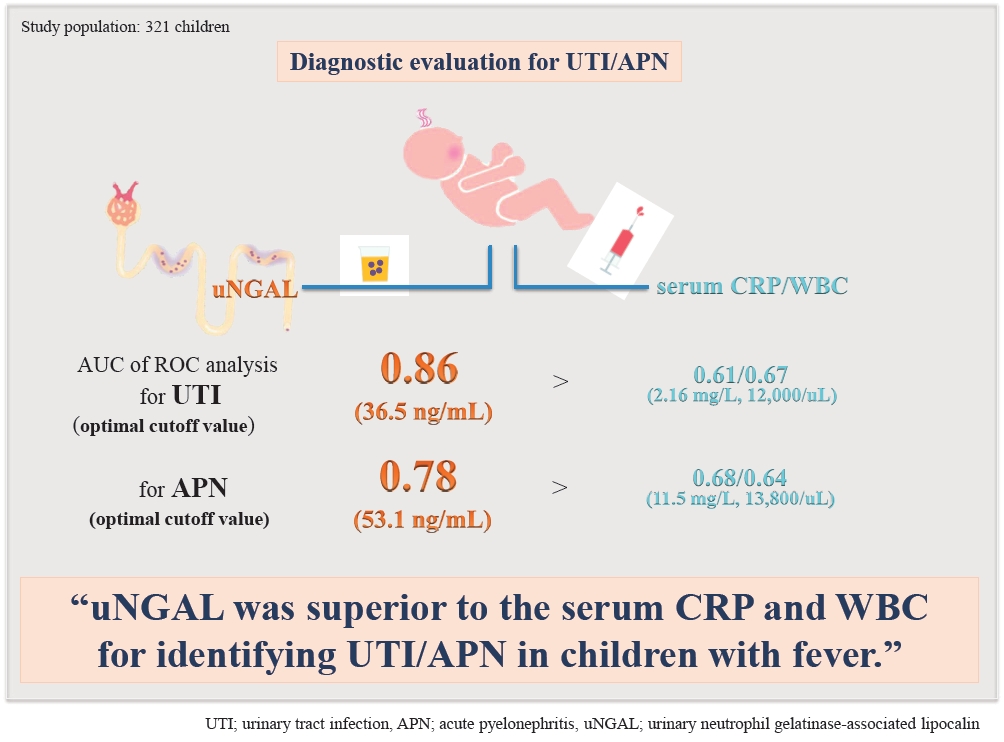
Question: Reliably diagnosing urinary tract infection (UTI) in febrile children is often difficult. Can urinary neutrophil gelatinase-associated lipocalin (uNGAL) better predict UTI and acute pyelonephritis (APN) than serum C-reactive protein (CRP) and white blood cell (WBC) count?
Finding: uNGAL better facilitated the prediction of UTI and APN, than serum CRP and WBC counts in febrile children.
Meaning: uNGAL is a suitable biomarker for UTI and APN in febrile children.
- Expression profiling of cultured podocytes exposed to nephrotic plasma reveals intrinsic molecular signatures of nephrotic syndrome
- Stuti Panigrahi, Varsha Chhotusing Pardeshi, Karthikeyan Chandrasekaran, Karthik Neelakandan, Hari PS, Anil Vasudevan
- Clin Exp Pediatr. 2021;64(7):355-363. Published online November 1, 2020
-
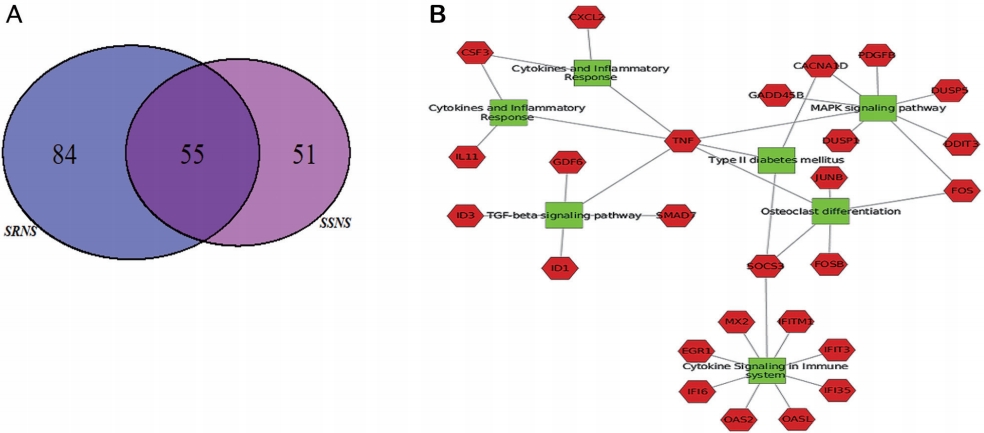
Question: Is it possible to classify nephrotic syndrome (NS) through gene expression profiling of podocytes exposed to NS plasma?
Finding: Our data showed different expression profiles in podocytes exposed to nephrotic plasma from different clinical groups, suggesting the molecular stratification of patients into intrinsic subtypes.
Meaning: Transcriptome profiling of podocytes treated with NS plasma can stratify patients into intrinsic subtypes and provide insight into the molecular mechanisms of podocyte injury.
- Emergency Medicine
- Comparison of clinical features and laboratory findings of coronavirus disease 2019 and influenza A and B infections in children: a single-center study
- Meraj Siddiqui, Ayşe Gültekingil, Oğuz Bakırcı, Nihal Uslu, Esra Baskın
- Clin Exp Pediatr. 2021;64(7):364-369. Published online May 18, 2021
-

Question: What are the differences between coronavirus disease 2019 (COVID-19) and influenza infections in children?
Finding: Pediatric COVID-19 patients predominantly exhibited respiratory and/or gastrointestinal symptoms, neurological manifestations, olfactory/gustatory dysfunction, elevated monocytes, mildly elevated C-reactive protein, and unilateral or diffuse abnormalities on chest x-ray. Patients with underlying medical conditions had higher intensive care unit admission rates and should be followed closely.
Meaning: The clinical presentations of pediatric COVID-19 patients varied from asymptomatic/mild to severe.
- Letter to the Editor
- General Pediatrics
- Hyperinflammatory syndrome in children during the coronavirus disease 2019 pandemic in sub-Himalayan region
- Seema Sharma, Shikha Verma, Isha Bhatia, Ravinder Singh, Mohit Bajaj, Milap Sharma
- Clin Exp Pediatr. 2021;64(7):370-372. Published online May 11, 2021
-
Question: Is there an increase in patients with hyperinflammatory syndrome during the coronavirus disease 2019 pandemic?
Finding: We found 10 patients with hyperinflammatory syndrome with poor outcome during a period of 2 months in a single tertiary care centre.
Meaning: Pediatricians who come across patients with muco cutaneous manifestations and multiorgan involvement should consider hyperinflammatory syndrome. Early recognition and prompt treatment of such patients may result in promising outcome.















